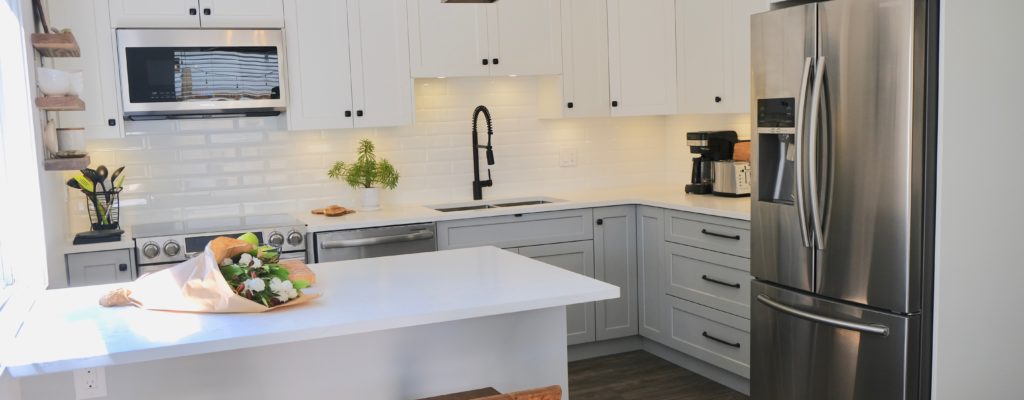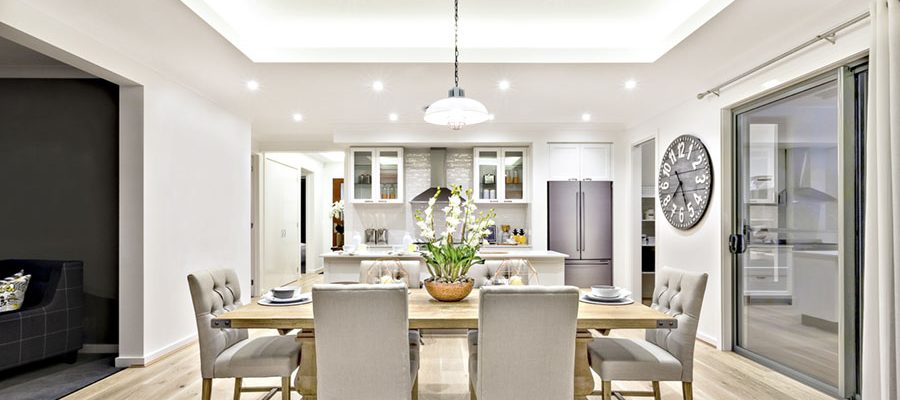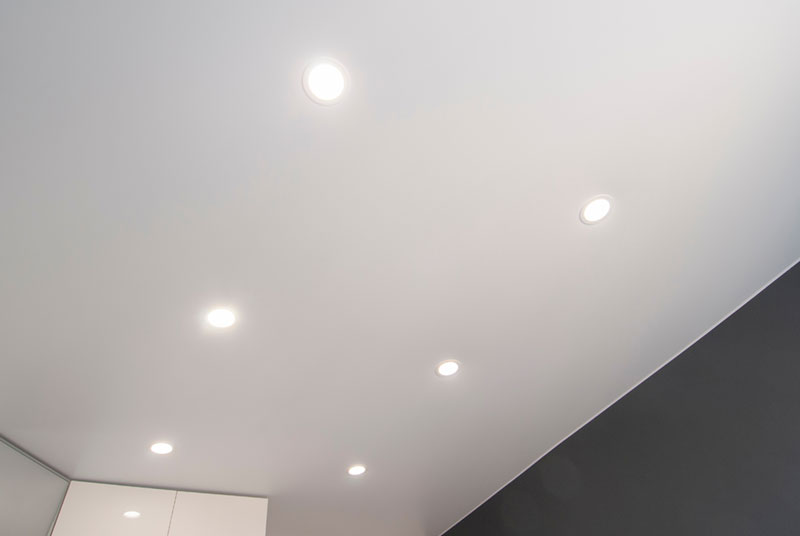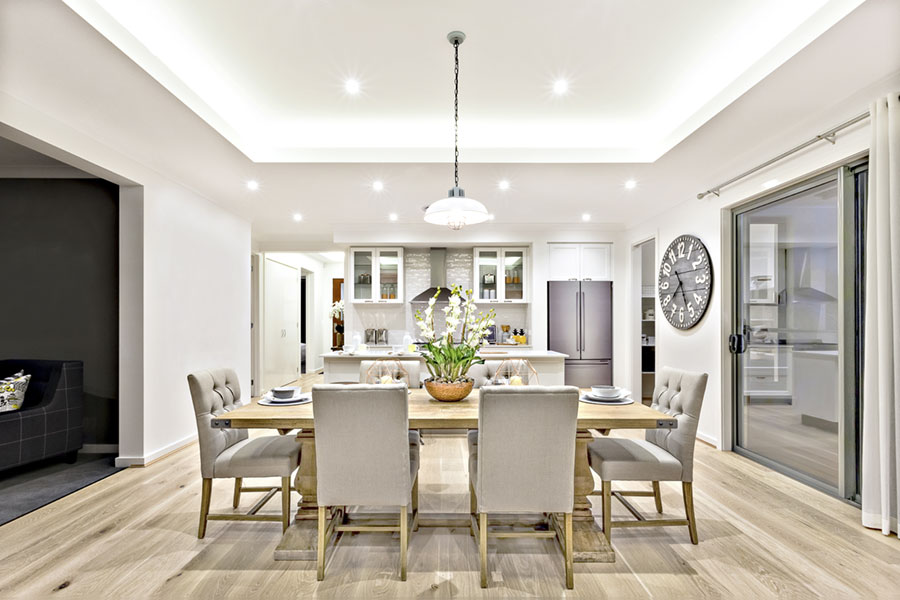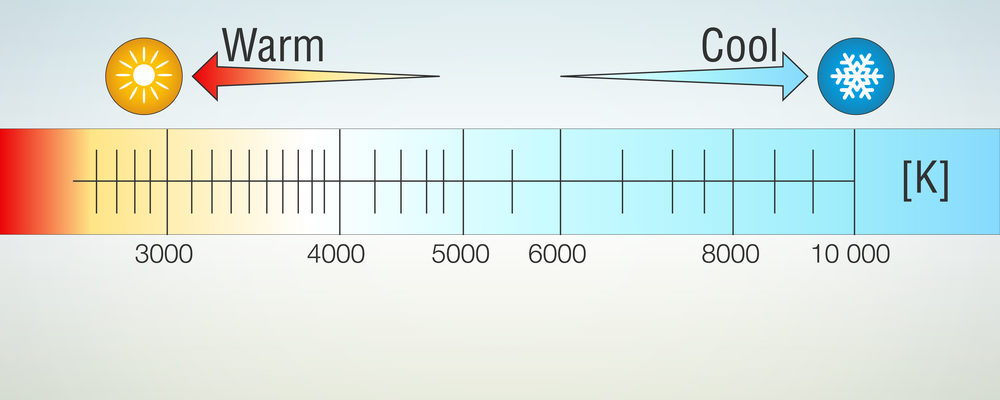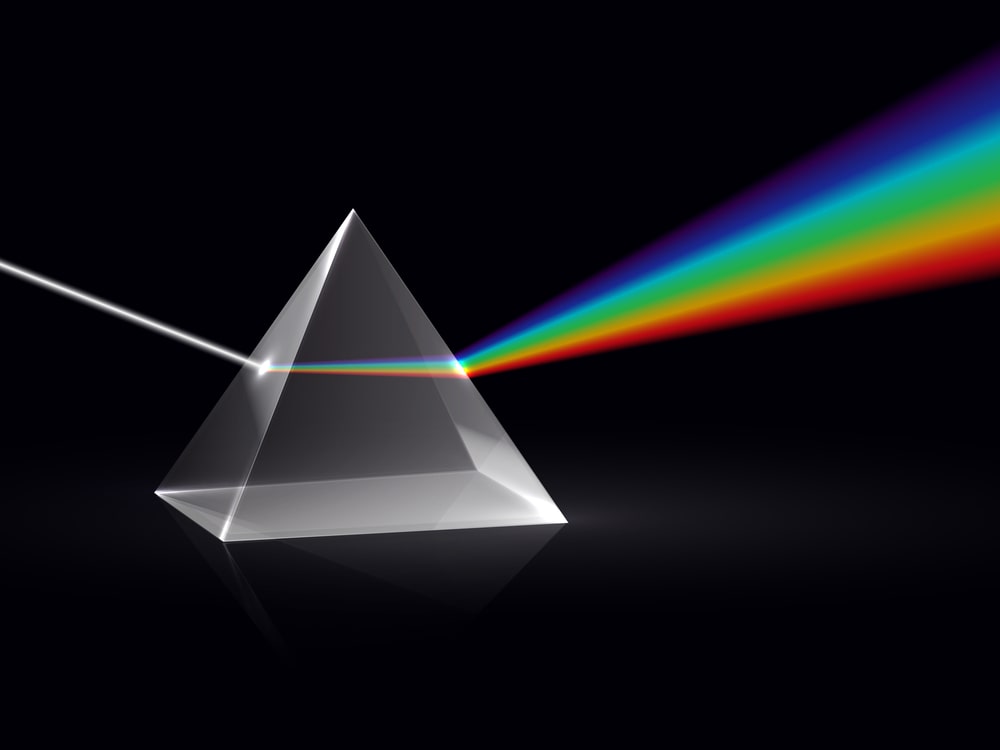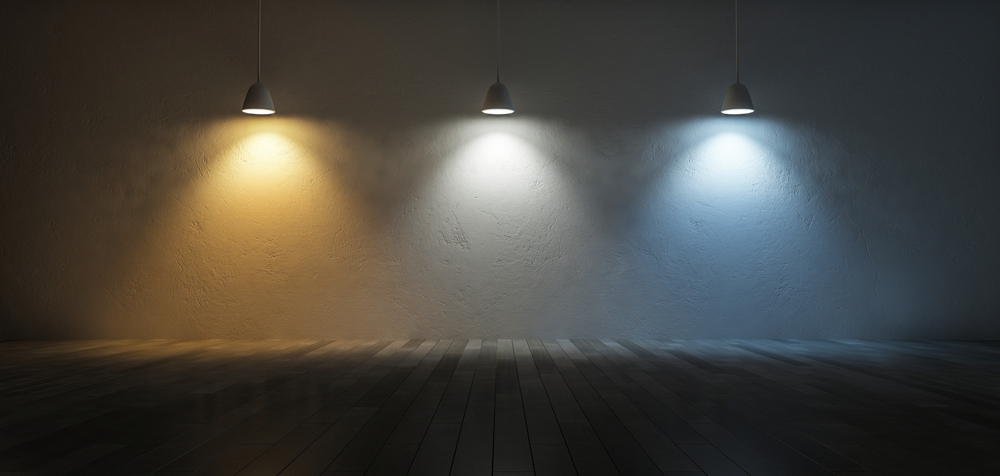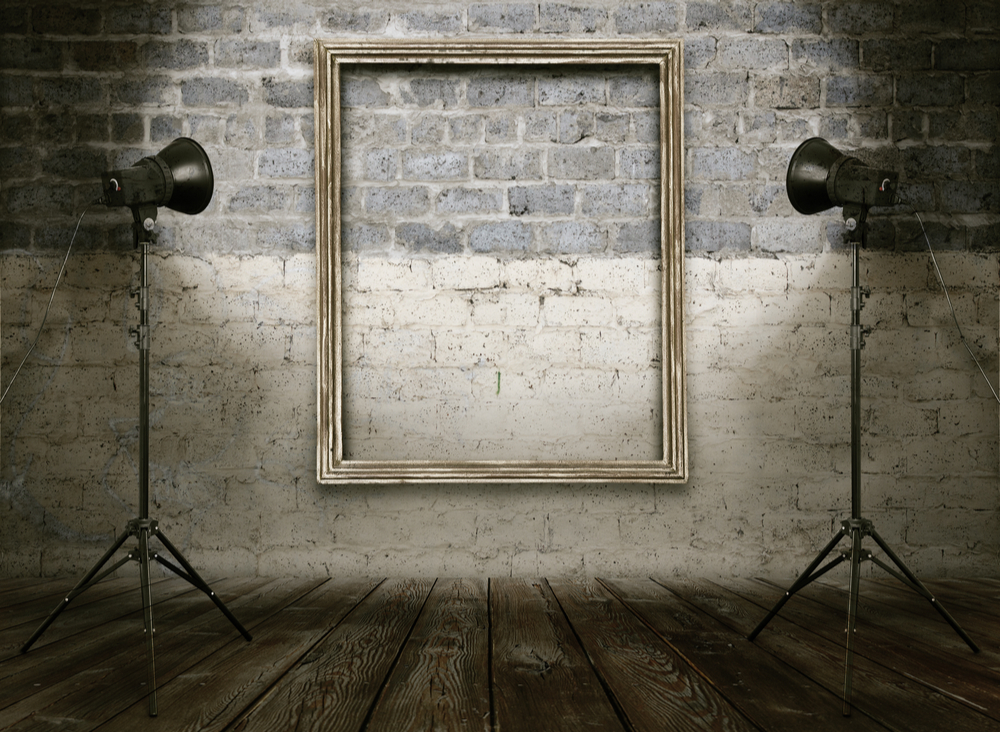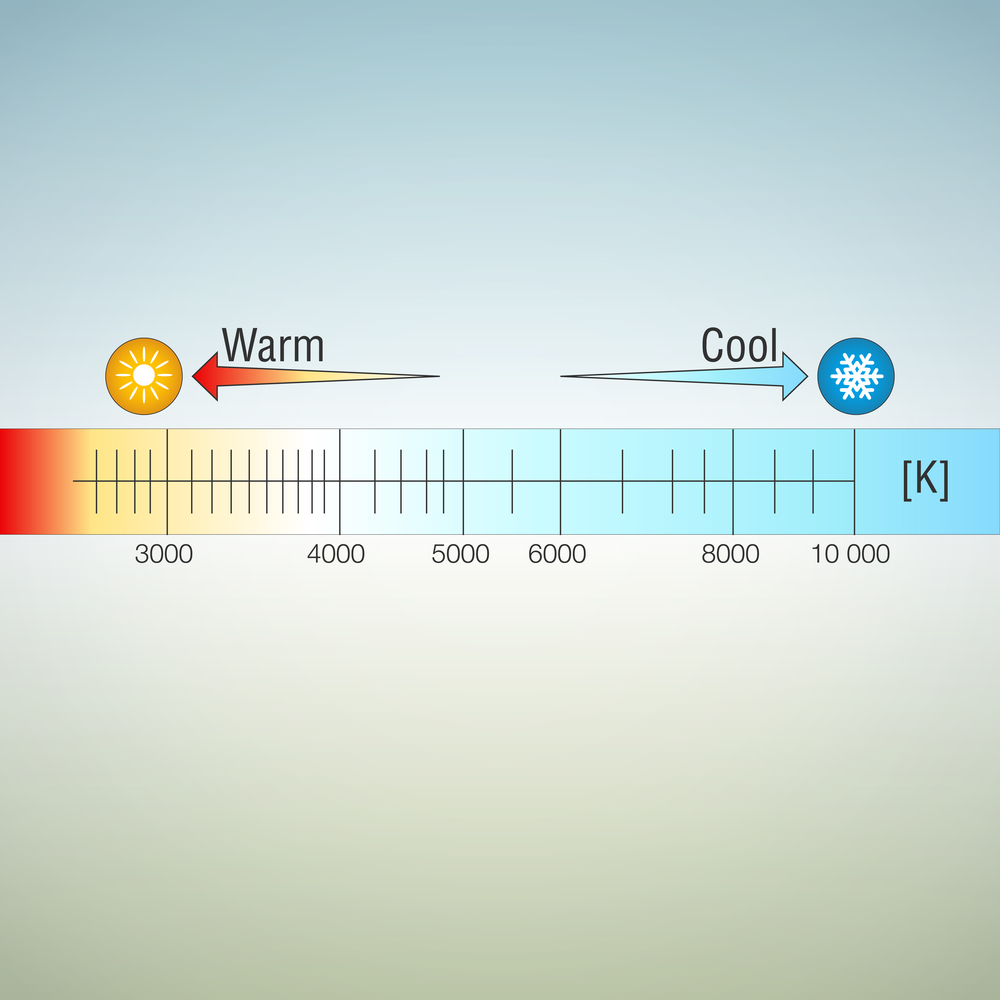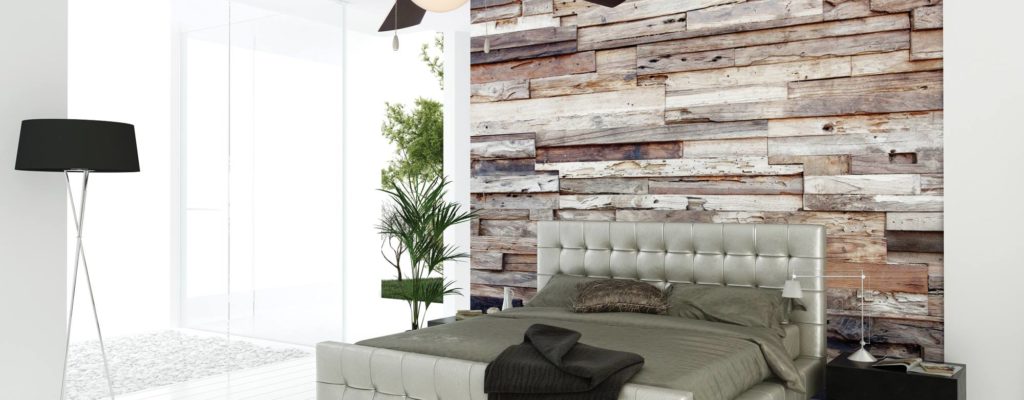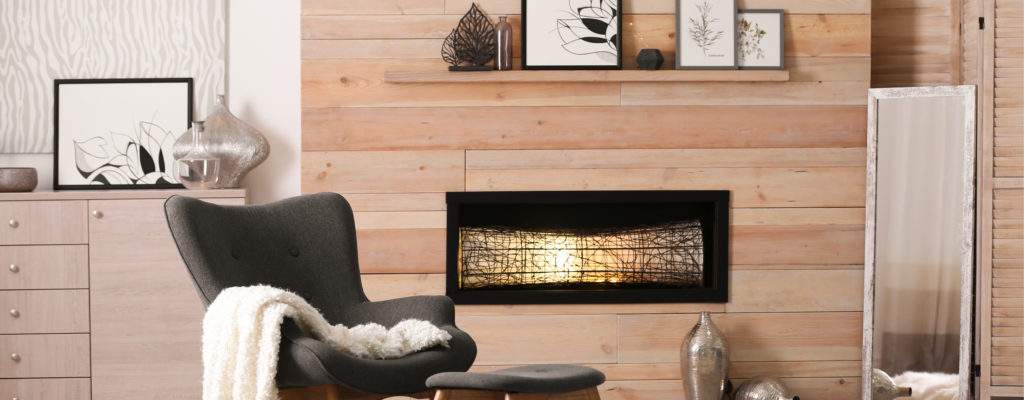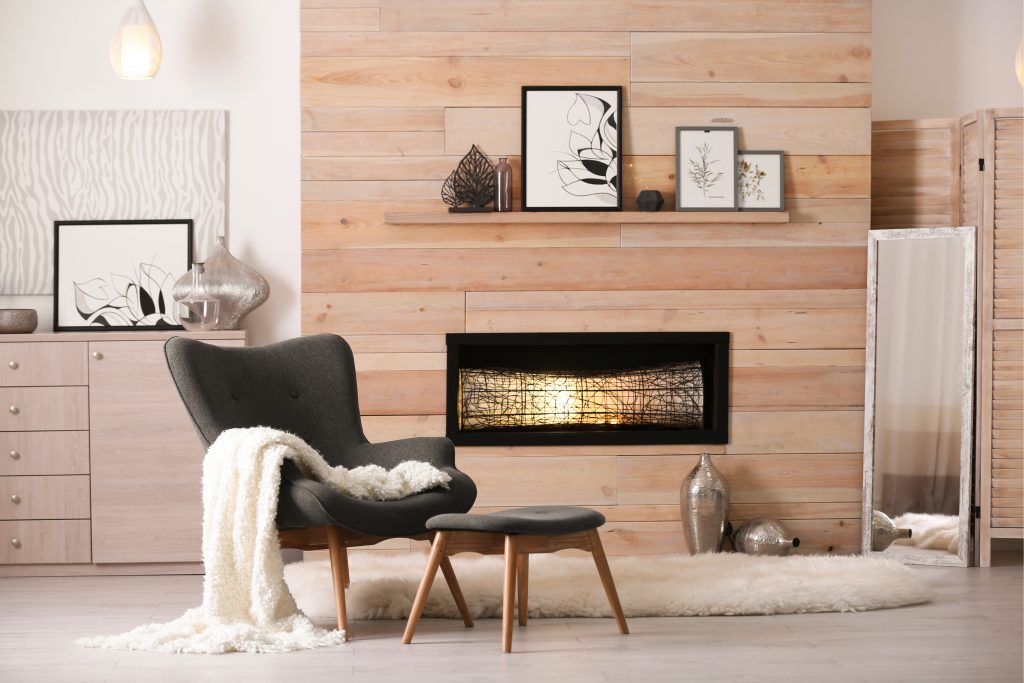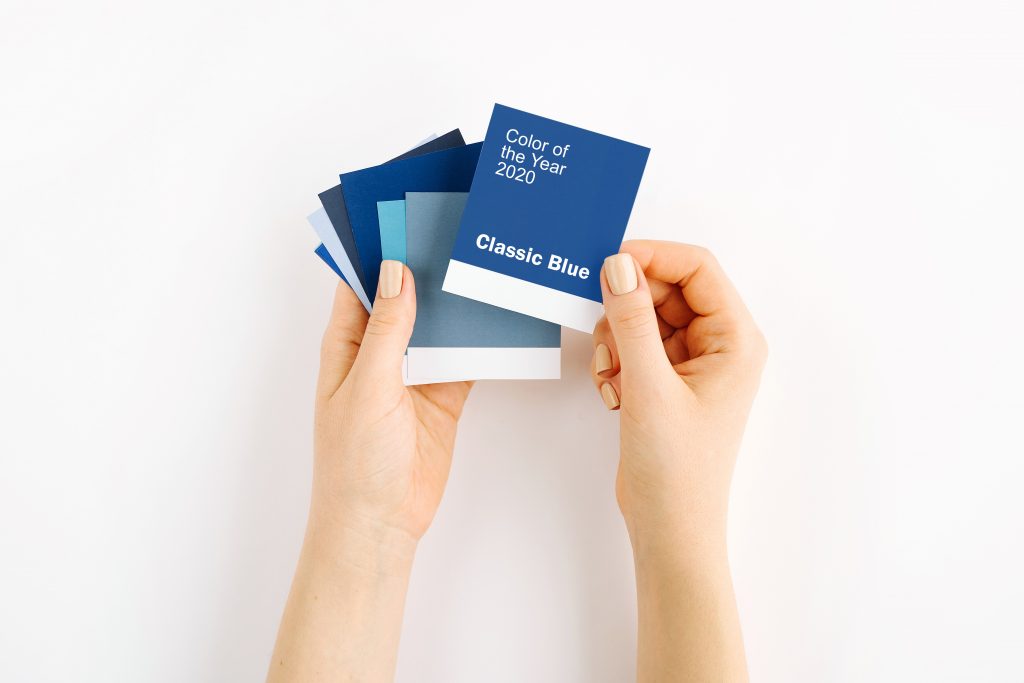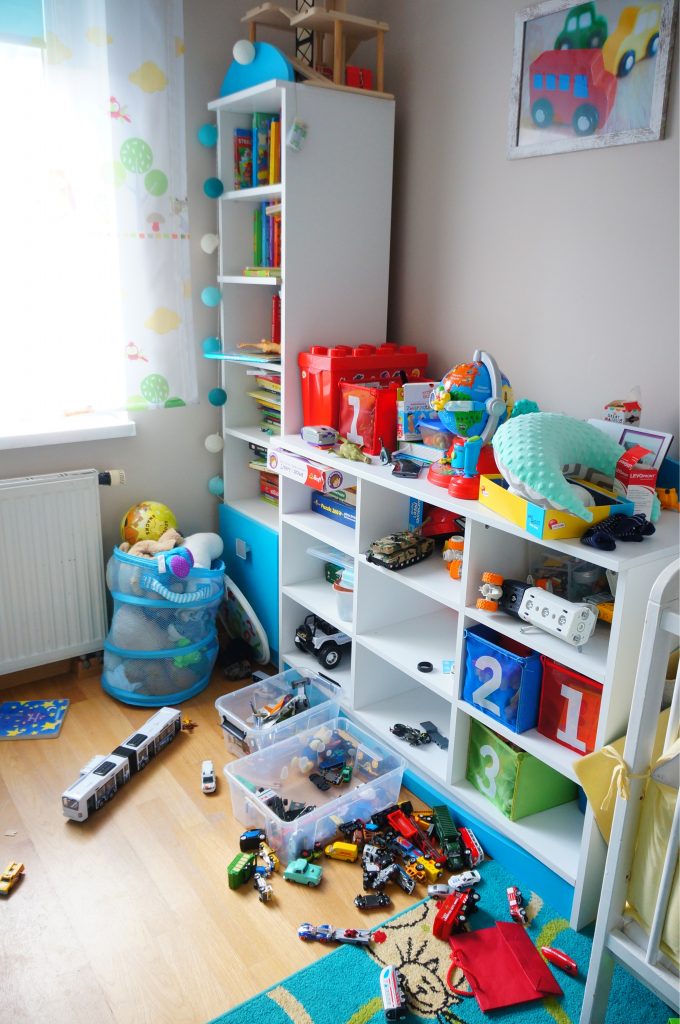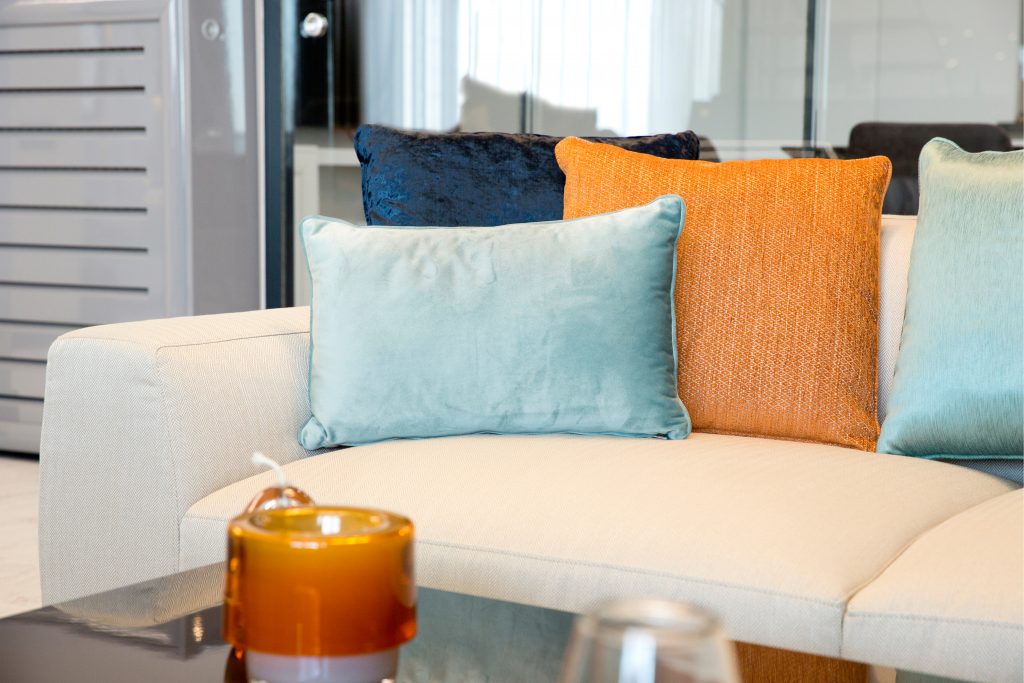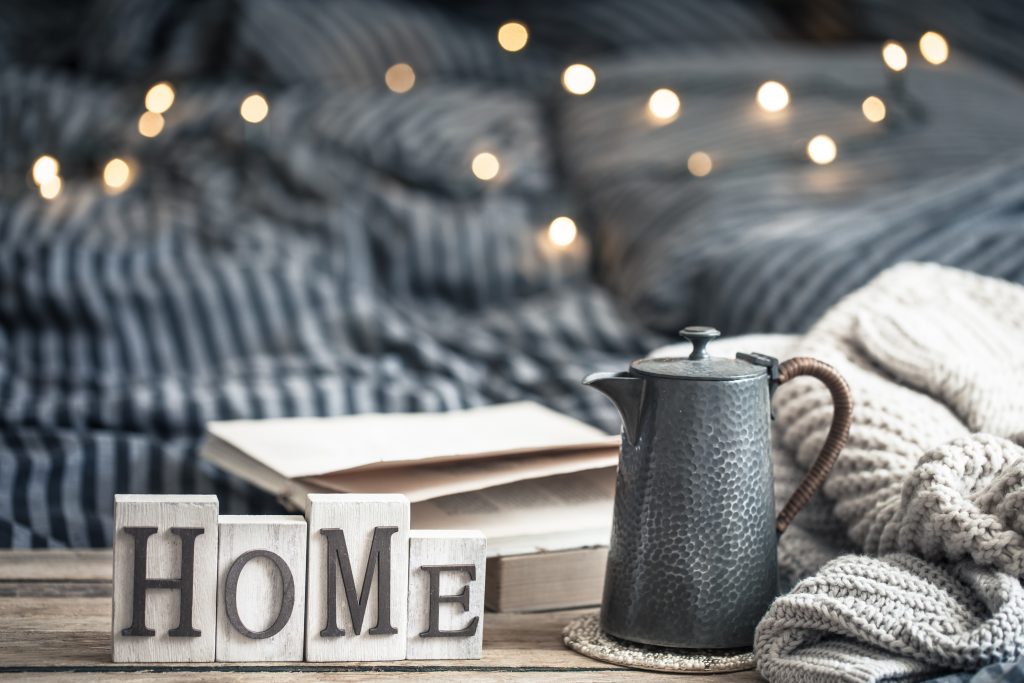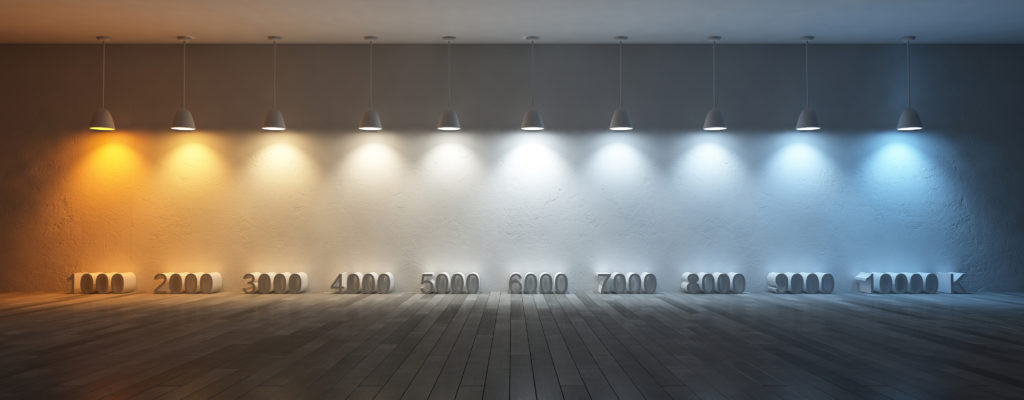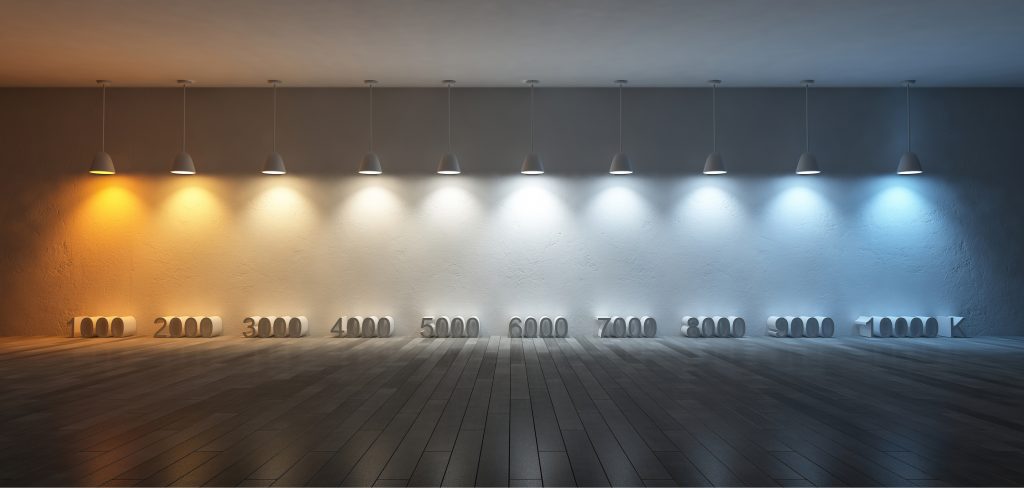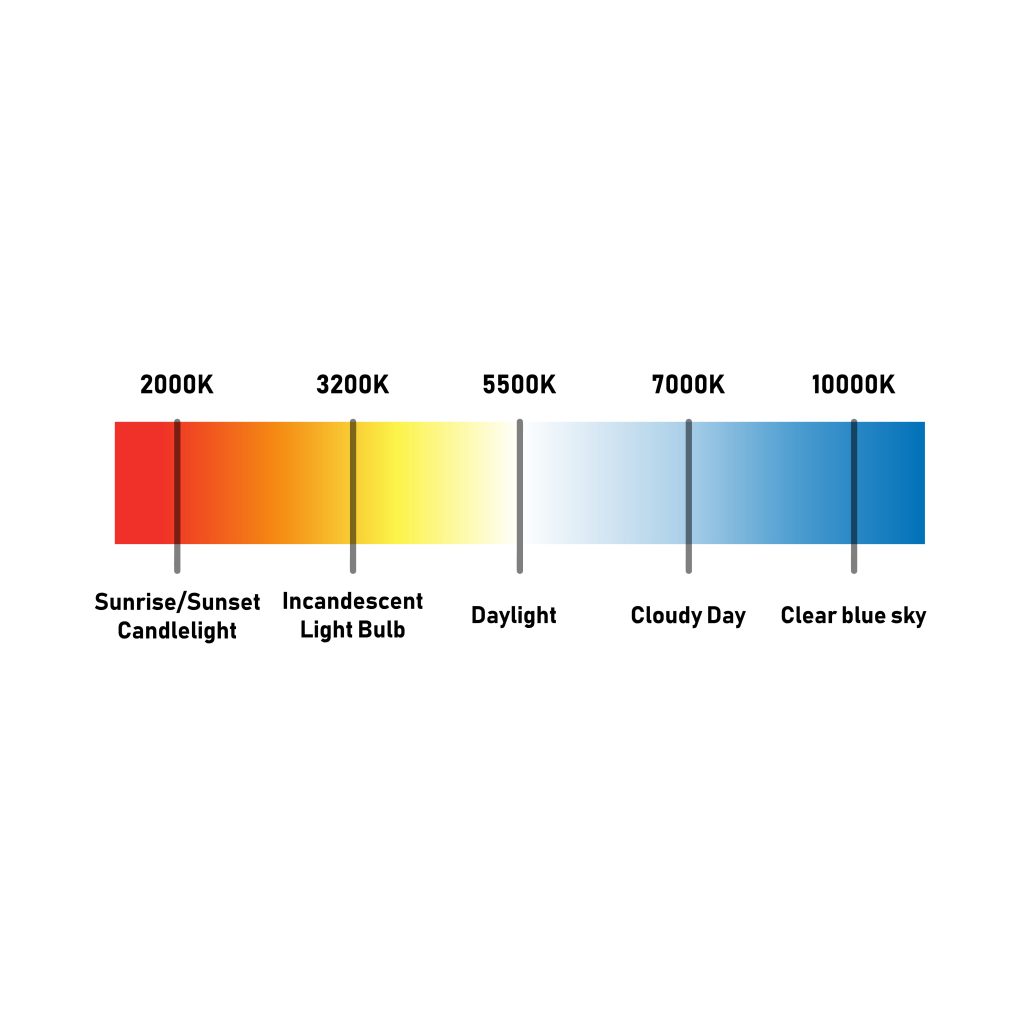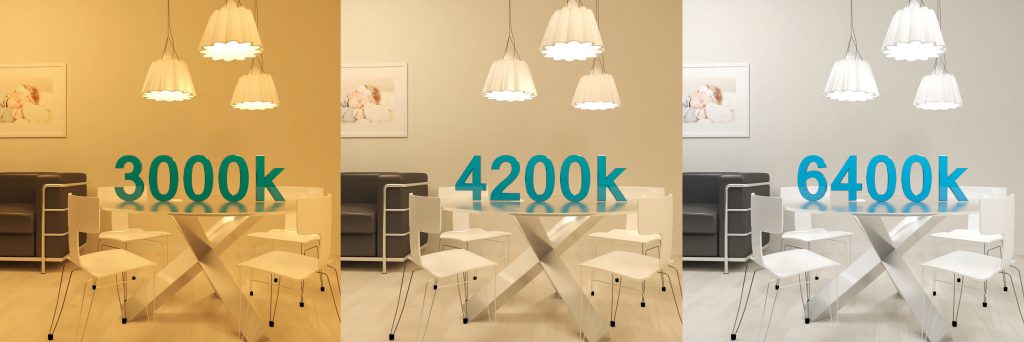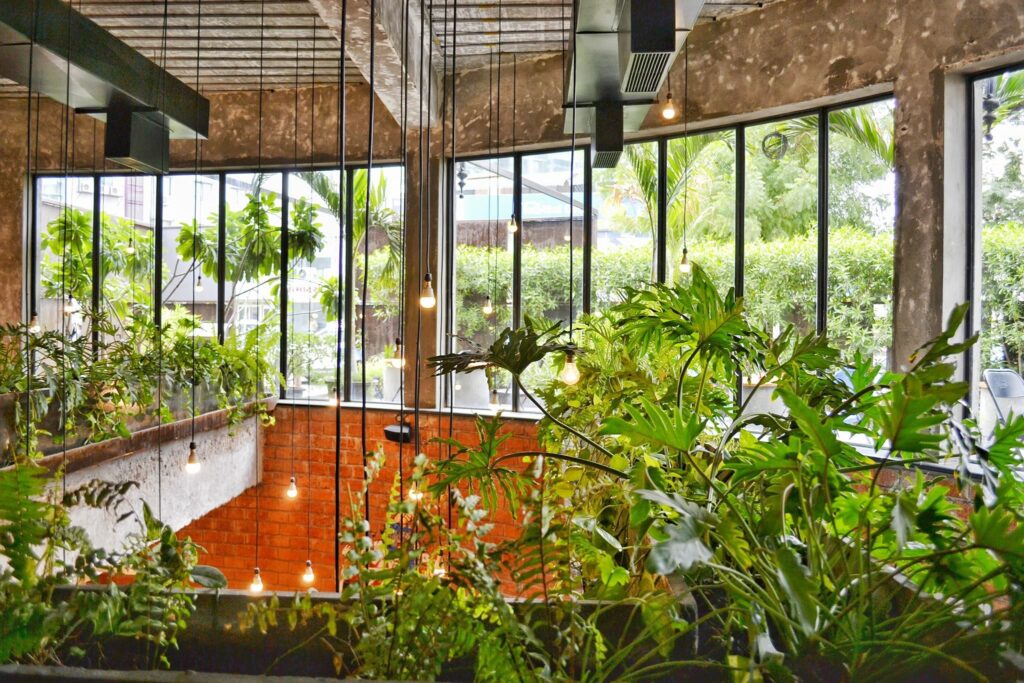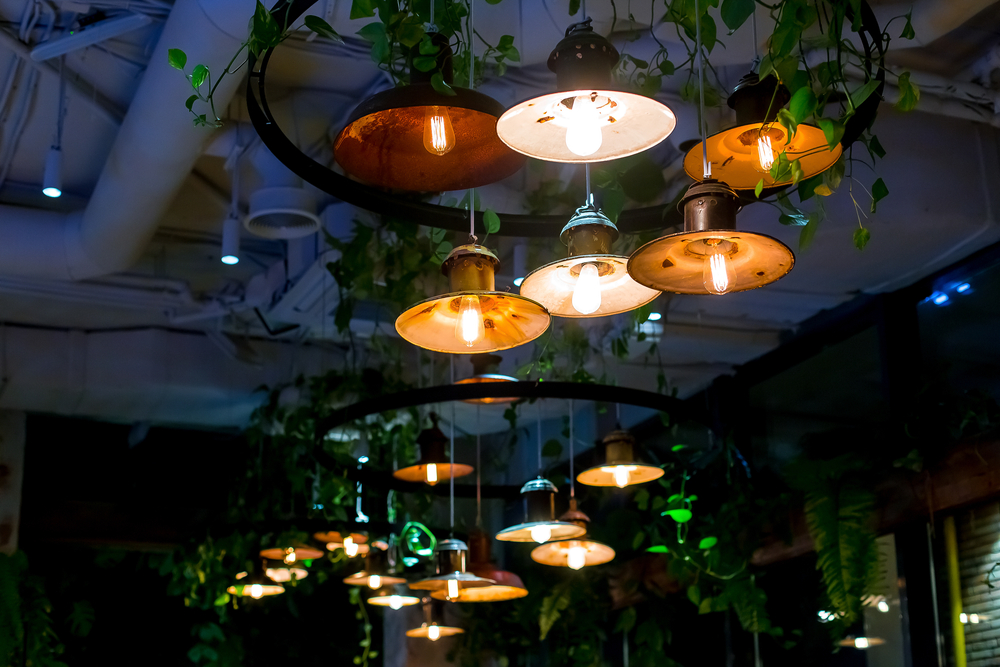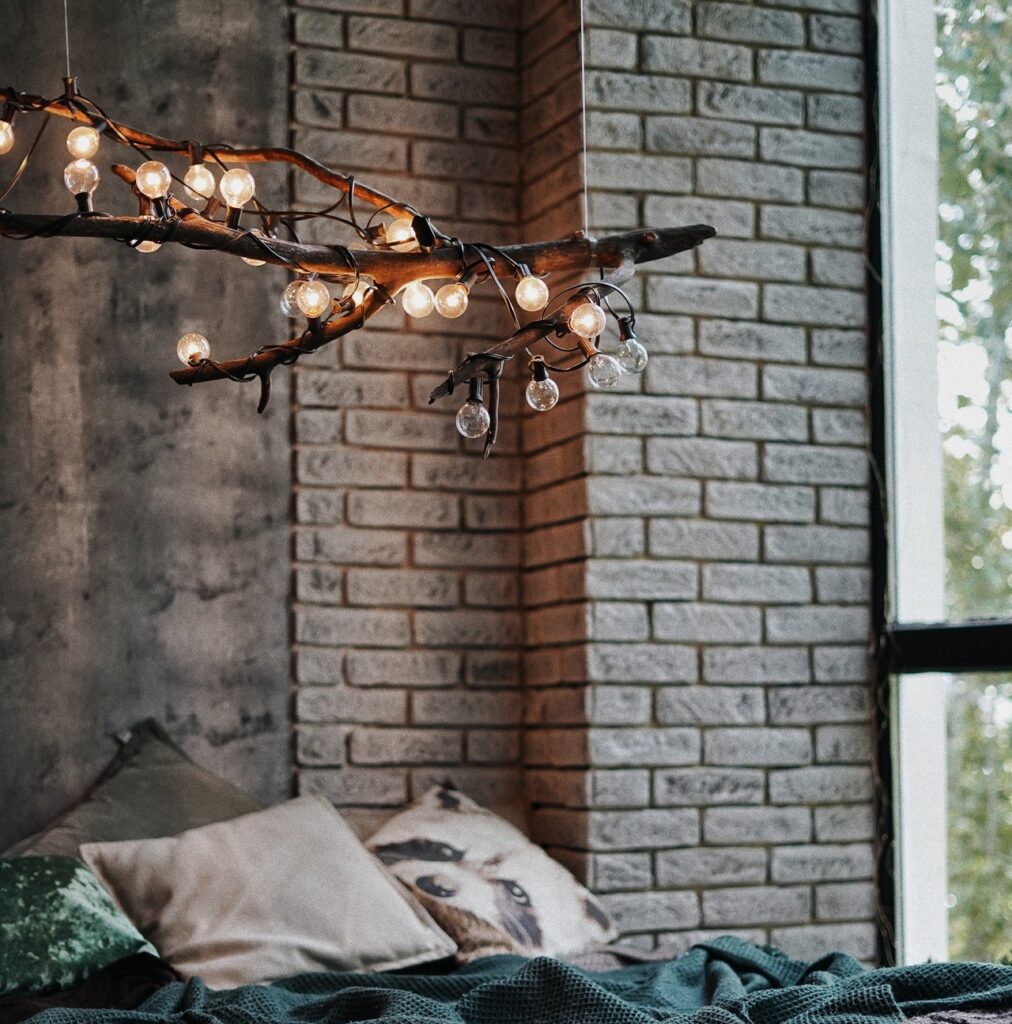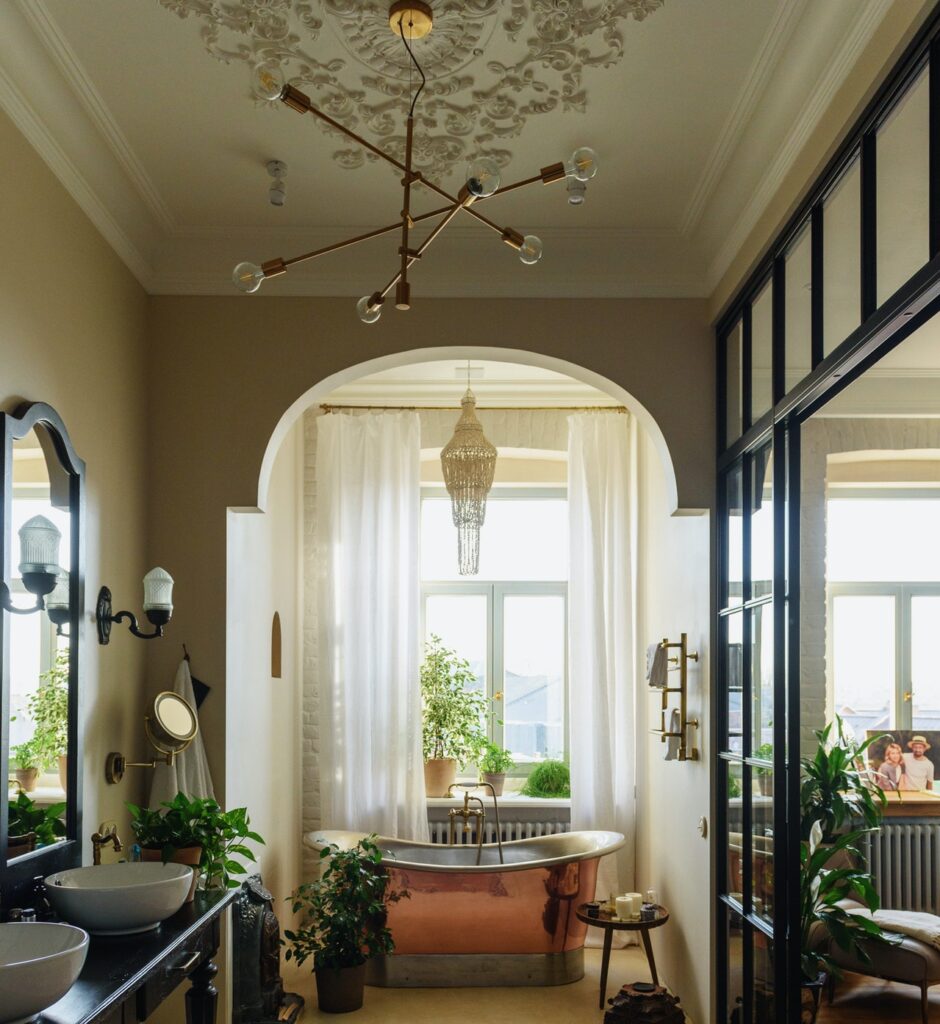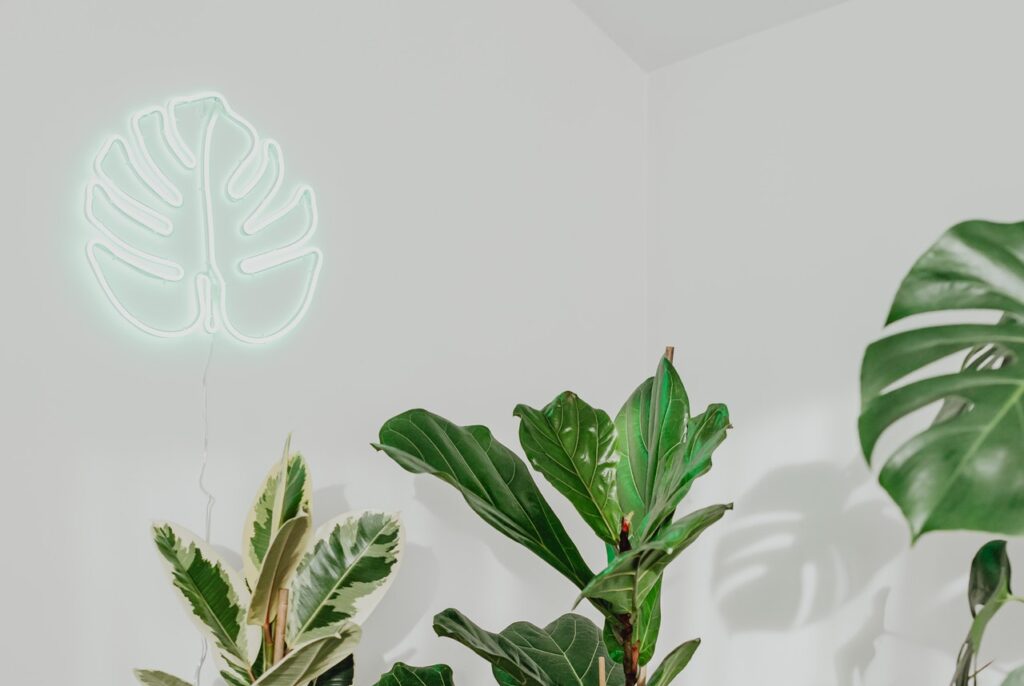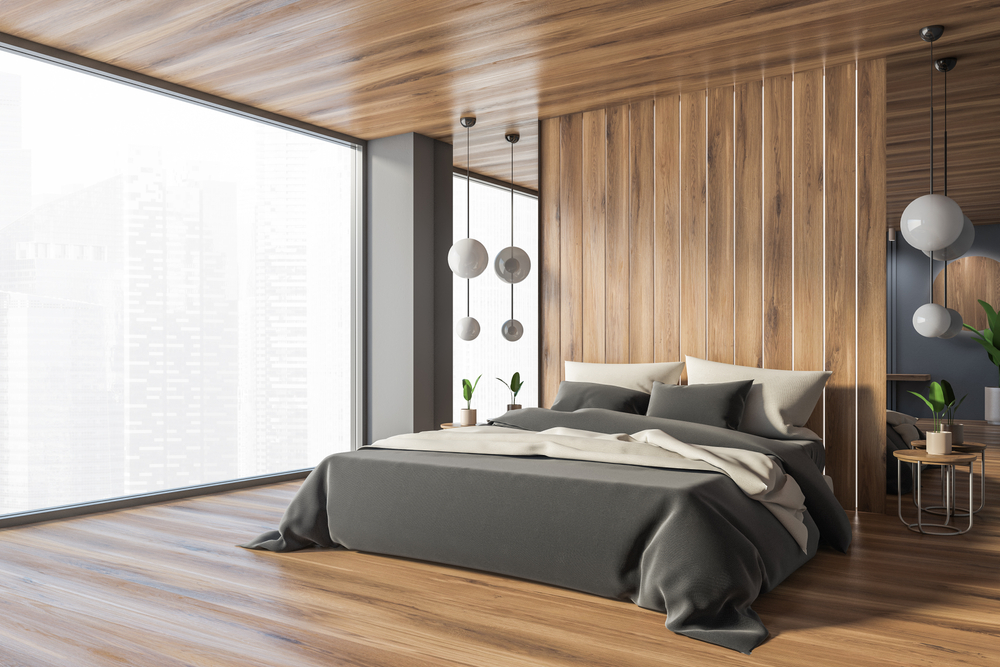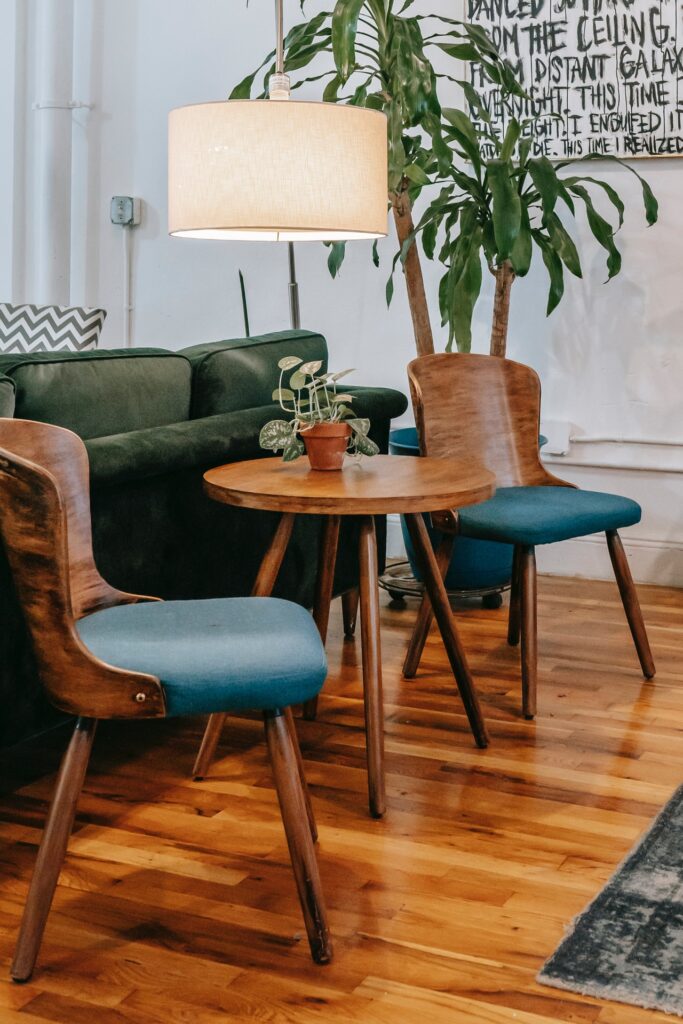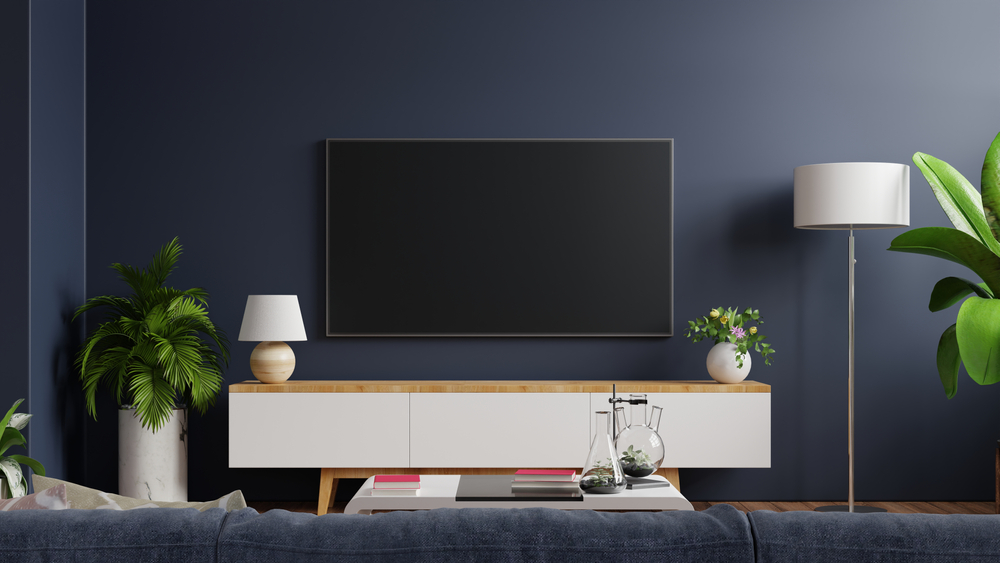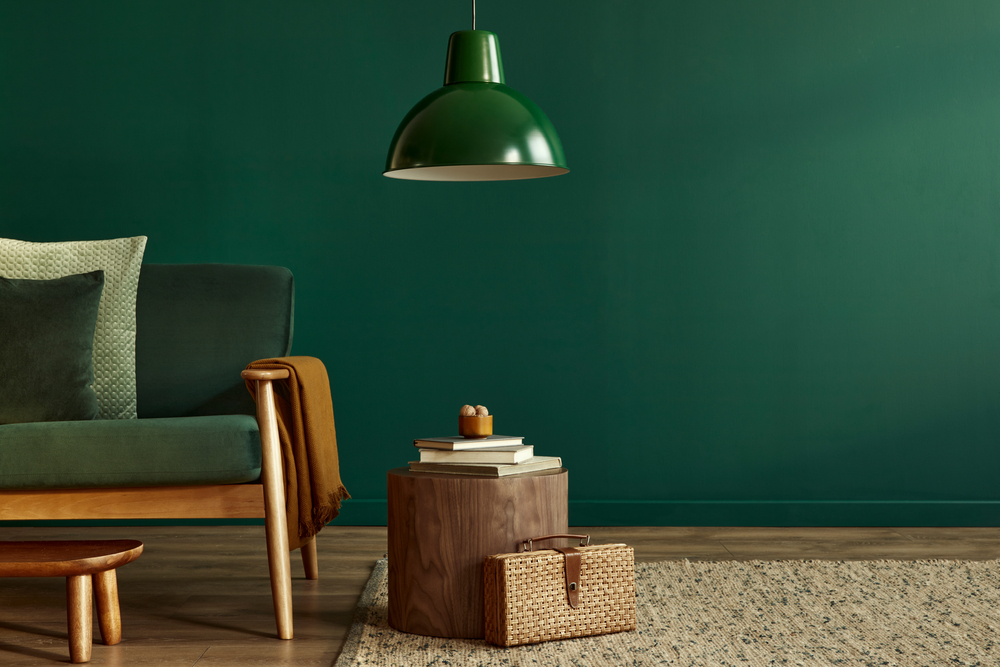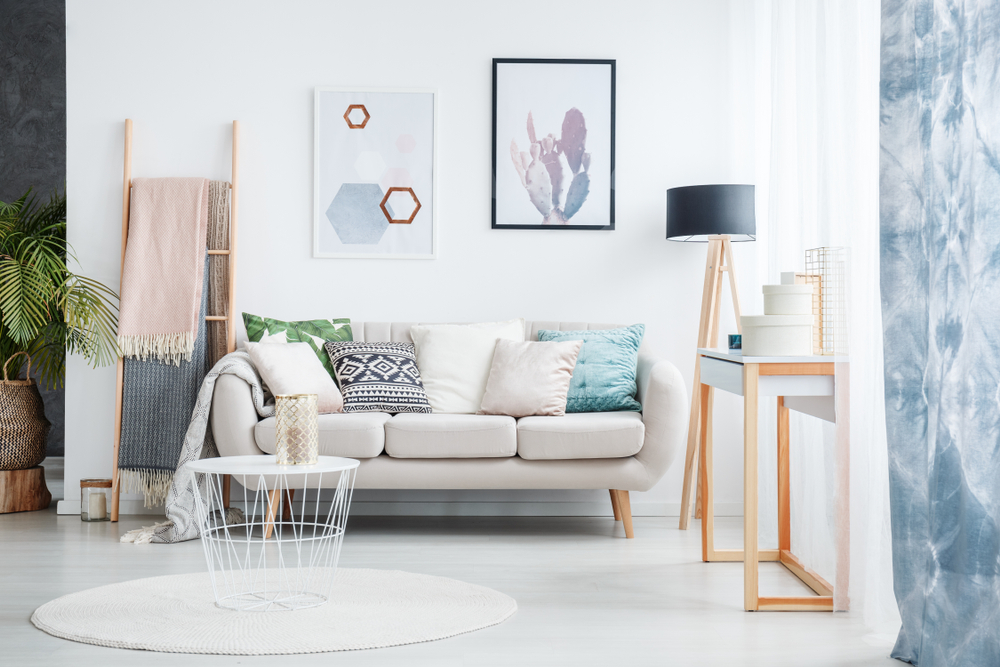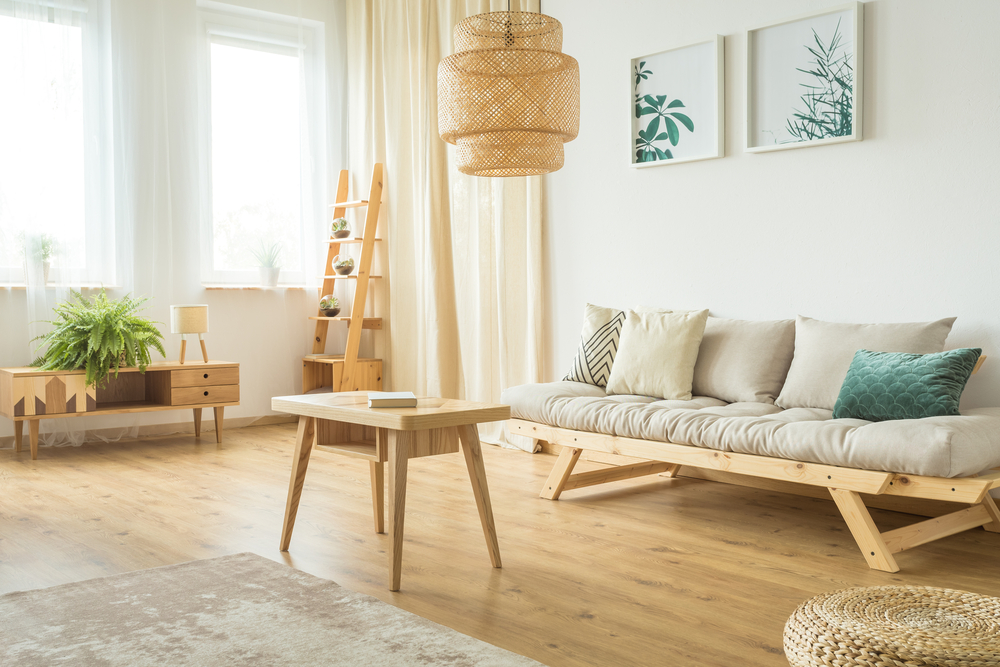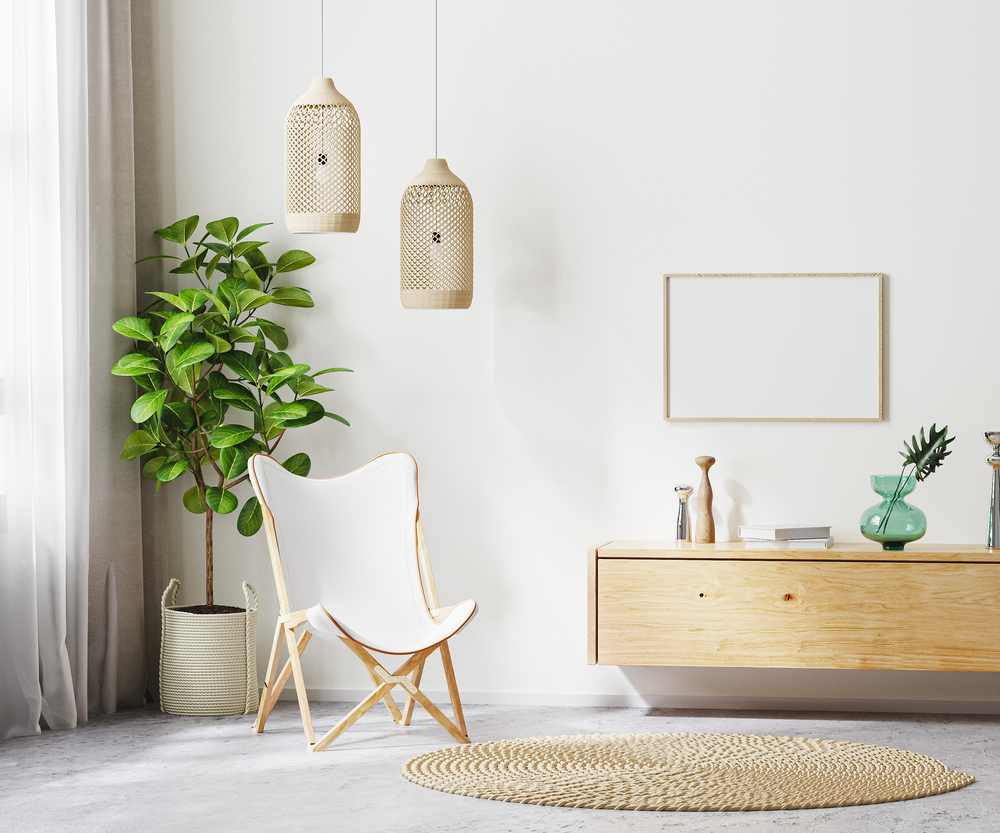What’s the big deal with LED strip lights anyway? Let’s be honest. Sometimes we can get so caught up in the beauty and aesthetics of our home lighting fixtures that we forget to add into our design the practical purposes of light. Not only does light allow us to see things clearly, but it also provides protection from the dangers hiding in the dark. We want to protect you and your family, so we offer lighting options and tips to help keep you safe.

Here’s what you need to know about LED strip lights:
LED strip lighting is an amazing technology that comes in different variations, but most have the same basic features: a continuous strip of thin and flexible LED lights on a flexible circuit board. They usually come on a reel or roll and can be adhered to almost any surface. Some options come with a fixed color and brightness while others allow for custom variations of both. Their safety comes from their low voltage power requirement and the versatility of adding lighting nearly anywhere that could be dangerous in the dark, offering additional safety for your loved ones at home.
In caring for seniors, ensuring an adequately lit space can go a long way in preventing falls and other accidents. This is best done with motion-detecting lights that make it easy to light the space when someone enters. Falls are the leading cause of fatal injury and the most common cause of nonfatal trauma-related hospital admissions among older adults. Approximately one in four U.S. residents aged 65 years (or older) report falling each year.
Adequate lighting is also important for accident-prone individuals such as infants and young children. When lighting a home for these individuals, it’s important to place the lighting in key locations, as lighting from the ceiling and walls may not reach certain areas.
It’s best to mount them in places where the strip itself can be hidden but the light can provide a nice effect. Many people like mounting them under or behind unique structures to highlight interesting shapes or features of furniture or designs that would otherwise be ignored. But remember, safety is the first priority!
Here are some of our favorite places to use LED strip lights:
Kitchen

With sharp objects and hot surfaces, the kitchen can be a dangerous place for anyone. Having adequate lighting from top to bottom will help prevent accidents and keep you safe. Add LED strips under your kitchen cabinets that meet the floor—this area is known as the toe kick. This kind of lighting looks especially great under a kitchen island and makes those midnight snack runs or middle of the night drinks far less dangerous.
Add safety lights for home kitchen
Bathroom
Much like the kitchen, installing toe kick lights adds a really beautiful effect while illuminating an otherwise pitch black area. This lighting allows for a clear view of the floor and helps prevent toe bumps and even slips and falls on those half asleep trips to the bathroom.
Try these easy-install LED tape strips
Stairs
Accident-prone or not, stairs present a hazard in any home. One misstep can send grandparents, kids, and even the rest of us clumsy folk tumbling, so add LED strip lights to the front, back, or side edge of each step to light the way as you walk. This way, each step is clearly seen and cannot be missed.

Try these affordable LED tape lights for your staircase
Outdoors
With the right outdoor LED strip lights, you and your loved ones can enjoy the evenings with the confidence that you are protected from falls, burglars, and even unwanted pests. Place the lights around a central structure like a grill, or use multiple strips to illuminate the ceiling, posts, and steps of your patio.
Find great deals on outdoor lighting here
Walls and Ceiling
The space where your wall and ceiling meet may not be very hidden per se, but is not immediately noticeable at first glance. By placing LED strip lights around this perimeter, you can essentially light the entirety of the room in a fairly discreet way.

Light your home with this LED strip
Staying Safe
LED lighting is a life-changing invention for the vision-impaired. LED lights are bright while still being easy on the eyes and present a lower fire hazard than other lighting options. With such a high risk of falls among the elderly, and dangers lurking in every dark corner, lighting your home for safety and efficiency must be a priority. Quickly add an LED strip anywhere more light is needed and reduce the risk of accident for the people you care about.
